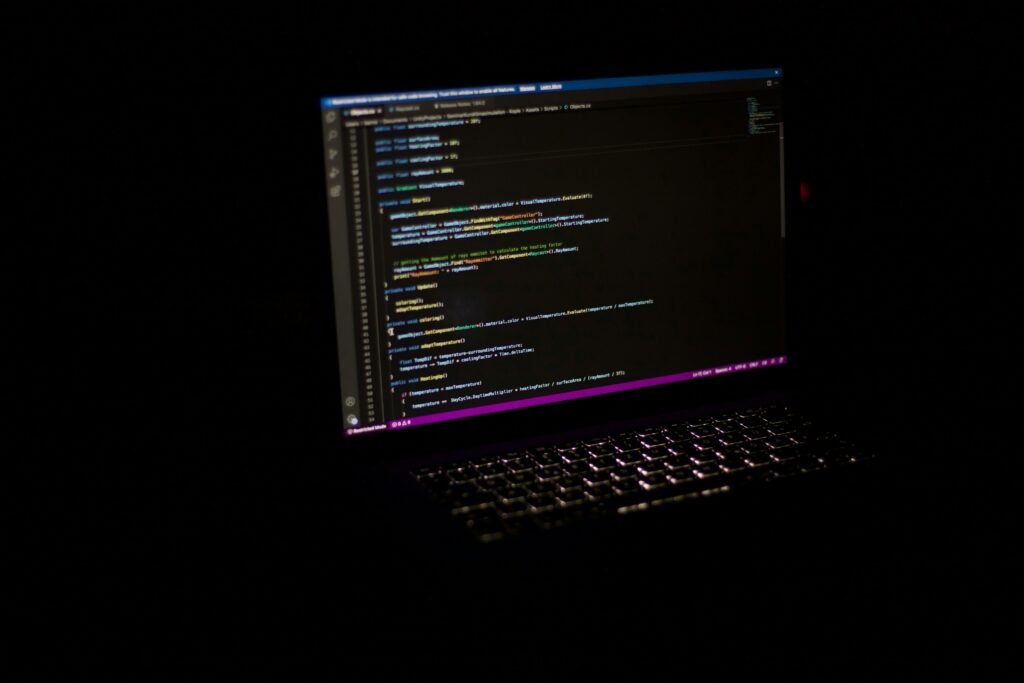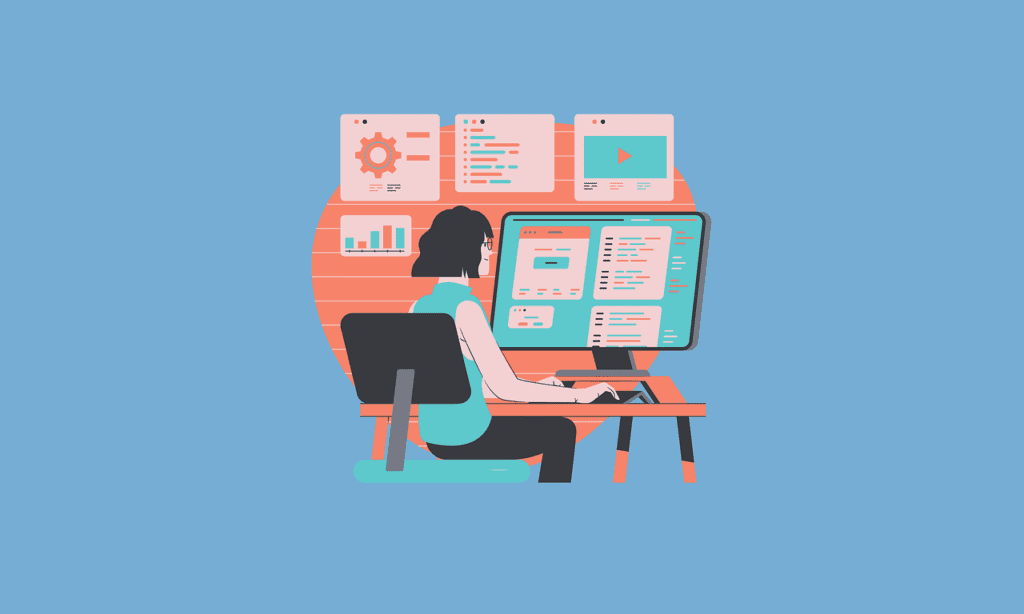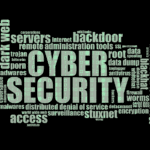By Vaibhav Goel, QA Lead

Blockchain technology, with its decentralized and immutable nature, has revolutionized various industries, from finance to supply chain management. As the adoption of blockchain continues to grow, the need for robust and thorough testing becomes increasingly critical, especially for applications developed in Python. As a software tester, ensuring the reliability, security, and performance of Python-based blockchain applications requires a strategic approach and adherence to best practices. This article outlines the essential best practices for testing such applications effectively.
Understanding the Fundamentals of Blockchain
Before diving into testing strategies, it’s essential to understand the key components of a blockchain application:
- Blockchain Network: The distributed ledger that records transactions.
- Smart Contracts: Self-executing contracts with the terms of the agreement directly written into code.
- Nodes: Computers participating in the network, each maintaining a copy of the blockchain.
- Consensus Mechanism: The protocol that nodes follow to agree on the blockchain’s state.
Preparing for Testing
Setting Up the Environment
- Development Environment: Ensure that the development environment is consistent with the production environment. This includes the Python version, dependencies, and configuration.
- Test Network: Use a test network (testnet) that mimics the production environment to test without the risk of affecting real transactions.
Understanding Requirements
- Functional Requirements: These include transaction processes, smart contract functionality, and user interactions.
- Non-Functional Requirements: These encompass performance, security, scalability, and reliability.
Best Practices for Testing Python-based Blockchain Applications
1. Unit Testing
Unit testing is the first line of defense in ensuring code quality. It involves testing individual components of the application in isolation.
- Write Comprehensive Tests: Cover all functions and methods, including edge cases and error conditions.
- Use Mocking: Mock external dependencies, such as network calls or database interactions, to focus on the unit under test.
- Tools: Use frameworks like `unittest`, `pytest`, and `mock` to create and manage tests efficiently.
2. Integration Testing
Integration testing ensures that different components of the application work together as expected.
- Test Interactions: Verify that smart contracts interact correctly with the blockchain network and other services.
- Simulate Real Conditions: Use a local blockchain simulator, such as Ganache, to simulate real-world conditions and test integration points.
- End-to-End Scenarios: Develop tests that cover end-to-end scenarios to ensure that the application flows smoothly from start to finish.
3. Smart Contract Testing
Smart contracts are central to blockchain applications. Testing them thoroughly is crucial to ensure they function correctly and securely.
- Static Analysis: Use tools like `Mythril` and `Slither` to analyze smart contract code for vulnerabilities and best practices.
- Functional Testing: Write tests to ensure that smart contracts behave as expected under various conditions. Frameworks like `Brownie` and `Truffle` are useful here.
- Security Audits: Perform comprehensive security audits to identify potential vulnerabilities and weaknesses in smart contracts.
4. Performance Testing
Performance testing evaluates the application’s responsiveness and stability under load.
- Load Testing: Use tools like `Locust` and `JMeter` to simulate multiple users interacting with the application simultaneously.
- Stress Testing: Push the system to its limits to identify breaking points and ensure it can handle peak loads.
- Latency Measurement: Measure transaction latency and ensure that the application meets performance requirements.
5. Security Testing
Security is paramount in blockchain applications, given the sensitive nature of the data involved.
- Penetration Testing: Conduct penetration tests to identify and exploit vulnerabilities, simulating potential attacks.
- Code Review: Perform thorough code reviews to identify security flaws and ensure adherence to best practices.
- Vulnerability Scanning: Use tools like `OWASP ZAP` and `Nessus` to scan for vulnerabilities in the application and infrastructure.
6. Regression Testing
Regression testing ensures that new changes do not introduce new bugs or negatively impact existing functionality.
- Automate Regression Tests: Use test automation frameworks like `Selenium` and `Appium` to automate regression tests and run them regularly.
- Test Suites: Maintain comprehensive test suites that cover all major functionalities and edge cases.
- Continuous Integration: Integrate regression tests into the CI/CD pipeline to catch issues early in the development process.
7. Usability Testing
Usability testing ensures that the application provides a good user experience.
- User Interface Testing: Test the user interface to ensure it is intuitive and easy to use. Tools like `Selenium` can automate UI testing.
- User Feedback: Collect feedback from real users to identify areas for improvement.
- Accessibility Testing: Ensure that the application is accessible to users with disabilities by adhering to accessibility standards.
8. Compliance Testing
Compliance testing ensures that the application meets regulatory and industry standards.
- Regulatory Requirements: Verify that the application complies with relevant regulations, such as GDPR for data protection.
- Standards Compliance: Ensure adherence to industry standards, such as ISO/IEC 27001 for information security management.
Leveraging Automation
Automation is key to efficient and effective testing. It allows for frequent and thorough testing without the overhead of manual processes.
- Automate Repetitive Tests: Automate tests that need to be run frequently, such as regression and integration tests.
- CI/CD Integration: Integrate automated tests into the CI/CD pipeline to ensure continuous testing and fast feedback loops.
- Test Automation Tools: Use tools like `Jenkins`, `CircleCI`, and `GitLab CI` to automate test execution and reporting.

Monitoring and Maintenance
Testing does not end with deployment. Continuous monitoring and maintenance are essential to ensure the application remains reliable and secure.
- Monitor in Production: Use monitoring tools like `Prometheus` and `Grafana` to track the application’s performance and health in production.
- Log Analysis: Analyze logs to identify and diagnose issues. Tools like `ELK Stack` (Elasticsearch, Logstash, Kibana) are useful for log management.
- Regular Updates: Keep dependencies and libraries up to date to mitigate security risks and leverage improvements.
Conclusion
Testing Python-based blockchain applications requires a comprehensive approach that covers various aspects, from unit testing to compliance testing. By following these best practices, software testers can ensure that their blockchain applications are robust, secure, and performant. Leveraging automation, continuous monitoring, and a deep understanding of blockchain fundamentals, testers can effectively navigate the complexities of blockchain technology and deliver high-quality applications.
As a QA Lead, I encourage all testers to embrace these best practices and continuously strive for excellence in their testing efforts. Blockchain technology holds immense potential, and it is our responsibility to ensure that the applications built on this technology are reliable, secure, and capable of driving innovation in various industries.

